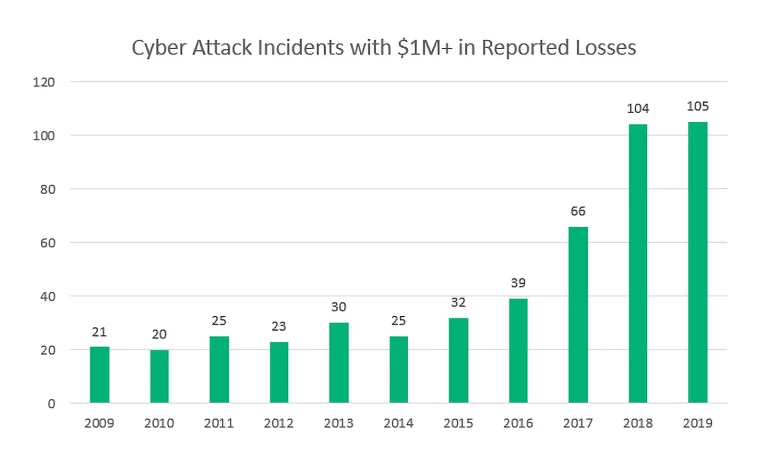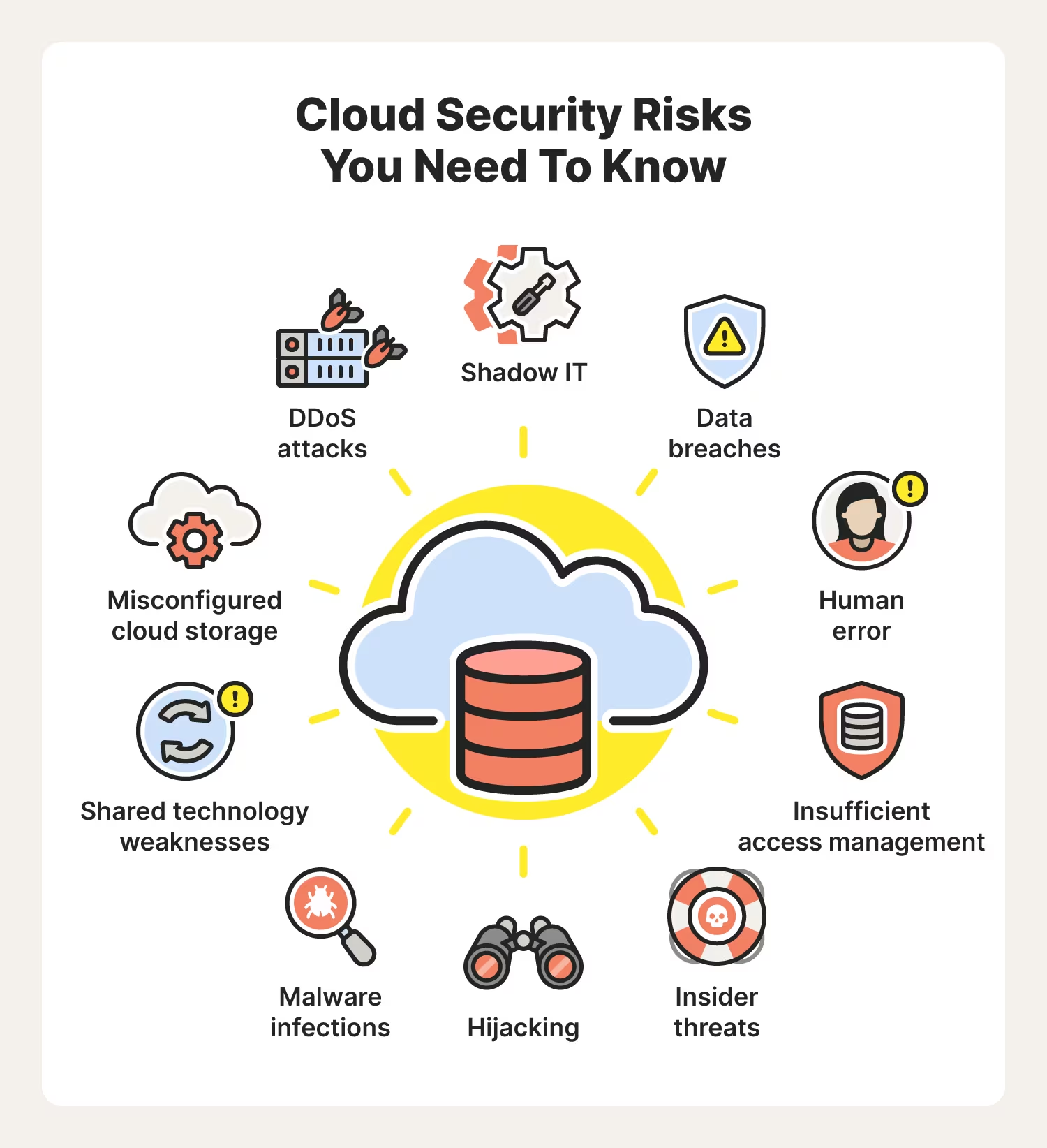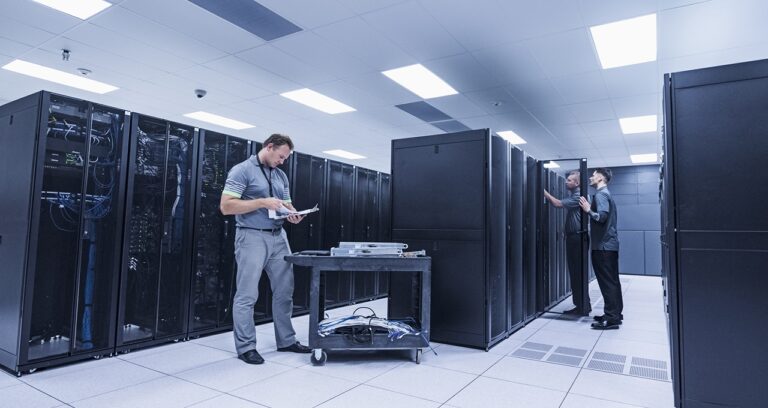Changing Your Security Mindset for Today's Newest Threats
Many enterprises are stuck in the past when it comes to cybersecurity knowledge and strategy, despite the many emerging—and evolving—threats they face today. What it really comes down to is mindset.
The COVID-19 pandemic resulted in large-scale remote work, which caused the scale and scope of security threats to intensify. For example, we saw a huge spike in cybercriminals scanning remote desktops in the early stages of the pandemic.
While it’s challenging and new to effectively secure the systems of remote workers, it requires the right approach. COVID forced IT teams to rethink security, challenging embedded mindsets that simply don’t work well in a remote setting.
Here are some essential ways you can adjust the mindset of a cybersecurity team, as well as those in senior and management positions, in order to adequately handle the latest security threats.
Boardroom Engagement
A sharp increase in breaches since COVID-19, as well as further regulations aiming to correct negligent cybersecurity protection, means that Chief Information Security Officers (CISOs) and other C-level cybersecurity roles have become increasingly visible.
A security incident can have severe ramifications, not just on the bottom line but also in attracting and retaining customers. As emerging threats are being recognized as a wider business risk, there has to be a willingness at the very top to take cybersecurity as an ever-evolving challenge more seriously.
Even with COVID accelerating attention on emerging threats, cybersecurity still isn’t getting the attention in the boardroom it deserves. This is a mistake, and potentially an extremely costly one. Businesses of all sizes stand to lose hundreds of thousands to millions of dollars in the event of a breach or attack, and that cost is growing exponentially every year.
C-level executives should take particular note as security lapses have resulted in Chief Information Officers (CIOs), CISOs, and CEOs being forced to step down. Pricey shareholder litigation is a risk too.
At the top of every boardroom’s agenda should be establishing ways to enhance security measures without impacting productivity.
Increasing Cybersecurity Investment
Adapting your mindset to new security threats should include the willingness to invest in new technologies and solutions. Of course, you can’t really say that you’re taking security seriously, or that your security level has increased, simply because you’re spending more. You need to invest wisely, which means being aware of the scale of security risks you’re facing, as well as new threats that have emerged or may emerge.
Sensible spending could, for example, go towards training Chief Trust Officers to work within the IT team, which we have seen occur more frequently within the internet, technology, and security industries. IT employees should also be trained on the risks of bypassing security controls and the consequences this could have for the organization.
Business leaders that don’t realize the potential security benefits of investing in artificial intelligence (AI) are inadvertently increasing the chances of a newly evolved security threat jeopardizing sensitive data. The use of this technology frees up time for smaller teams to carry out higher-value work.
Investing in AI will allow you to have automated, real-time, scalable responses that prevent as many breaches as possible. It will also give you visibility to see what’s happening on secure endpoints so you can start figuring out how to stop the next steps of the cyberattack before it gets too deep.
A feedback cycle can be created, whereby patterns of malicious activity are identified and data is analyzed, producing intelligence that passes back into the ongoing loop, helping you determine better ways to respond to threats.
Many companies don’t bother to invest in security solutions that can make a real difference, such as 24/7 threat hunting. But this can be changed through increased focus on automation, which is useful for all areas of security: protection, prevention, and response.
The positive news is that organizations are now investing in core response capabilities, such as dedicated incident response teams and security operations centers (SOCs), enabling the swift identification of threats. Yet not all enterprises are following this trend, and those are the ones at an increased risk of a major security incident.
If you’re not continually evolving your cybersecurity strategy, which requires a mindset and willingness to invest wisely, the maturity and speed of today’s threat actors will leave you scrambling to catch up in perpetuity.
Adopting a Cyber-Resilient Mindset
Cyberattacks threatened many businesses throughout 2021, starting with the widespread SolarWinds attack and ending with the Log4j vulnerability that took everyone by surprise. These attacks brought into focus vulnerabilities in the supply chain.
Cyber resiliency should now be a priority for organizations, governments, and regulatory bodies in preventing and mitigating these sorts of attacks. Cyber resiliency means having the mindset that cyberattacks can, and will, occur and being as prepared as possible is a meaningful prevention strategy
Organizations of all types can achieve this by:
- Knowing what assets they need to protect
- Having appropriate controls (and testing these controls)
- Being able to quickly identify attacks
- Limiting the scope of attacks
- Removing attacks from the environment as quickly as possible
Promoting a cyber resilient mindset depends on the other two factors we’ve already discussed: increased boardroom engagement and well-planned investing.
Crucially, all three of these factors are interrelated. As the true nature and risks of evolving cyberattacks become a top concern for boards and executives, there will be a greater likelihood of investment in cybersecurity.
This can lead to more focus on cyber risk management and control implementation, covering everything from governance measures to technical controls. If you adopt this comprehensive approach to cybersecurity, you will truly achieve a cyber resilient mindset. Doing so will ensure you can respond to new threats as they emerge, instead of after a costly attack.
Cyberlocke is a comprehensive, full-service IT services provider that architects and implements efficient and secure solutions for enterprise customers and their data centers. We specialize in security, cloud, managed services, and infrastructure consulting. Contact Us today to learn more.


